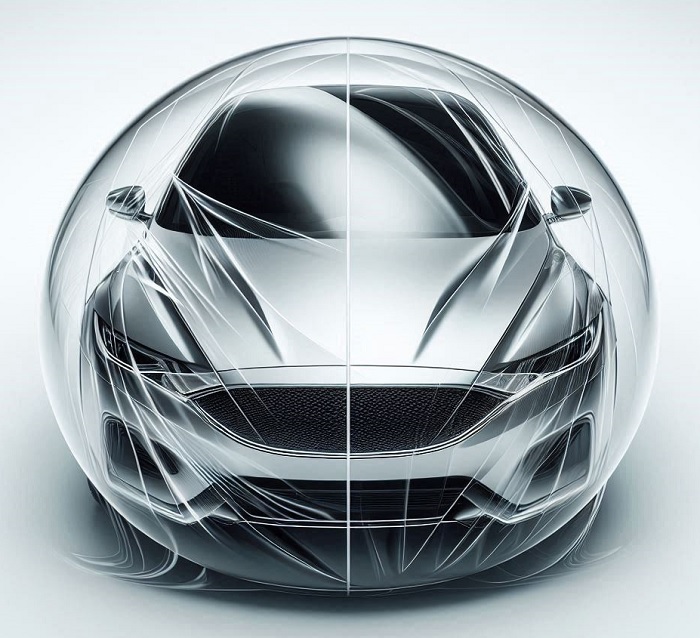Paint protection film (PPF) is a clear, durable film applied to the exterior of vehicles to protect the paint from a variety of damaging factors. This is particularly beneficial in Colorado, where vehicles are frequently exposed to harsh environmental conditions. Here’s how PPF safeguards your car’s paint:
1. Protection from Rock Chips and Debris
PPF provides a durable barrier against small rocks, gravel, and other debris that can chip or scratch your car’s paint. The film absorbs the impact, ensuring the paint underneath remains undamaged.
2. Prevents Scratches and Swirl Marks
PPF is resistant to light scratches and swirl marks caused by washing or minor abrasions. Many high-quality PPFs have self-healing properties, which allow small scratches to disappear with exposure to heat.
3. Shields Against UV Rays and Fading
Exposure to UV rays can cause your car’s paint to fade over time. PPF acts as a UV barrier, protecting the paint from discoloration and helping maintain its original color and gloss.
4. Protects from Environmental Contaminants
PPF shields your vehicle from harmful environmental substances such as bird droppings, tree sap, and bug splatter, which can damage paint if left untreated. The film prevents these contaminants from bonding to the surface.
5. Hydrophobic Surface for Easier Cleaning
Many modern PPFs feature hydrophobic properties, which repel water, dirt, and mud. This helps reduce water spots and makes the car easier to wash, as contaminants don’t adhere as strongly to the surface.
6. Long-Lasting Paint Protection
PPF is highly durable and can last for 5 to 10 years with proper maintenance. This long-term protection reduces the need for frequent touch-ups or repainting, saving time and money.
7. Ideal for High-Risk Areas
Certain parts of your vehicle, such as the front bumper, side mirrors, and door edges, are more prone to damage from road debris. PPF provides targeted protection in these high-impact areas.
8. Resistance to Chemicals
Road salts, cleaning chemicals, and other corrosive substances can damage your car’s paint. PPF provides a chemical-resistant layer that protects your vehicle from stains and corrosion.
9. Preserves Resale Value
A well-maintained exterior can significantly improve your car’s resale value. PPF helps maintain the paint’s pristine condition, making your vehicle more attractive to potential buyers.
10. Combines Well with Ceramic Coating
PPF can be combined with ceramic coatings for optimal protection. The PPF protects against physical damage, while the ceramic coating enhances gloss and provides additional hydrophobic properties, making maintenance easier.

